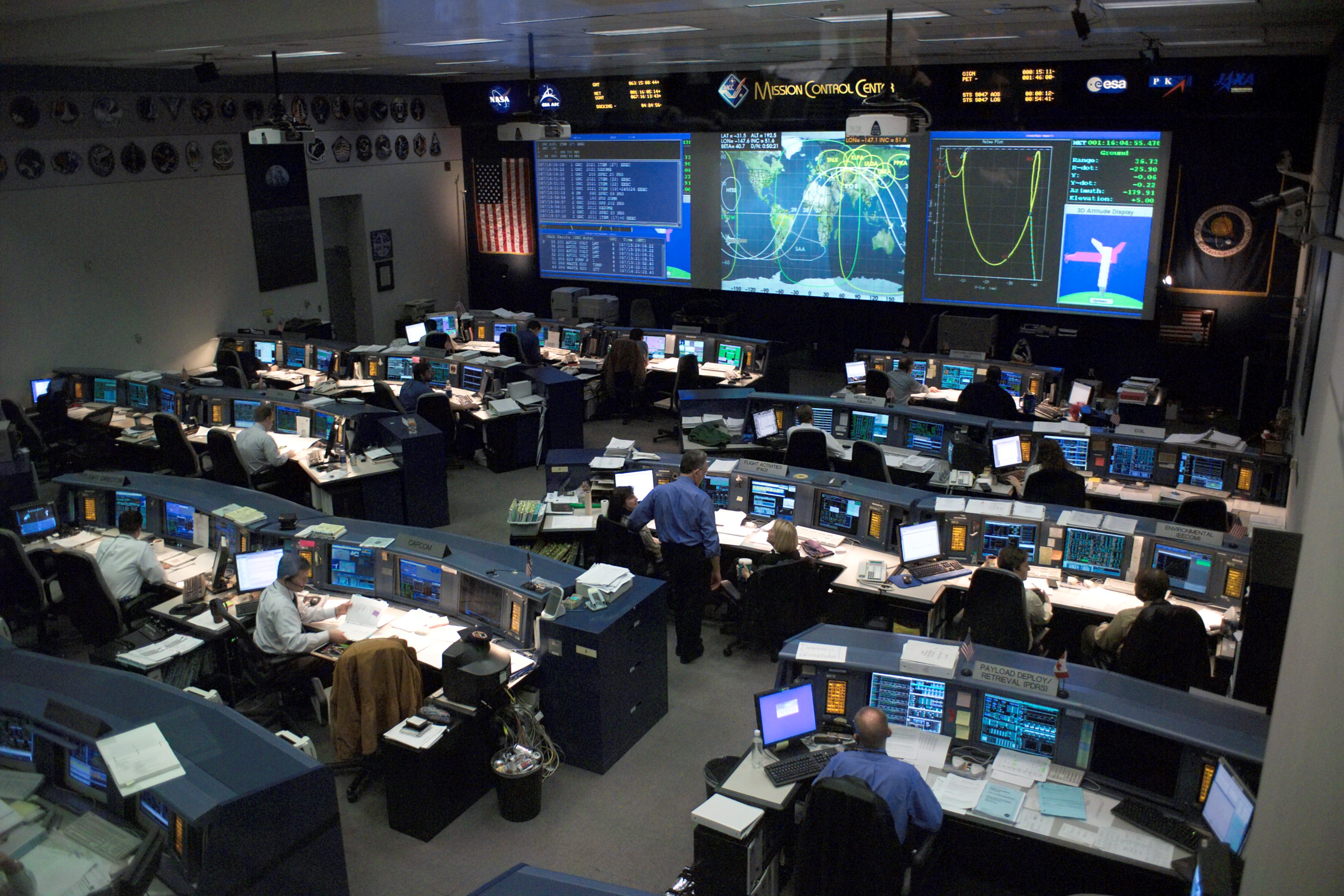 |
| https://upload.wikimedia.org/wikipedia/commons/b/ba/Nervous_system_diagram.png |
The major organs of the Nervous System are:
Brain: The Brain receives information directly from the body's Sensory Organs, as well as the rest of the body. These Sensory Organs include the eyes, the ears, the tongue, the skin, and the nose. The Brain also sends signals to different parts of the body to make them perform a specific function.
Spinal Cord: The purpose of the Spinal Cord is to act as a pathway for messages and signals from the brain to the body. As well as, a pathway for messages from the body to the brain.
Sensory Organs (eyes, ears, tongue, skin, nose): These organs represent the five senses, sight, hearing, taste, feel, and smell. These organs take information that is sent from the brain so the body can act on it.
The Nervous System interacts with every system of the body. This is because all tissues and organs of the body need instruction and direction from the Nervous System. However, the Nervous System works closely with the Endocrine System, the Digestive System, the Skeletal System, and the Muscular System. The Nervous System interacts with the Endocrine System to control the creation of specific hormones and enzymes. These chemicals are important for metabolism, growth, water and mineral balance, and the response to stress. Hormones also provide feedback to the brain to affect neural processing. Reproductive hormones affect the development of the Nervous System. The Nervous System interacts with the Digestive System because the Nervous System regulates the speed at which food moves through the digestive tract. The Nervous System interacts with the Skeletal System because bones provide calcium that is essential for the proper functioning of the Nervous System. In addition, the vertebrae protects the spinal cord from injury. Sensory receptors in joints between bones send signals about body position to the brain. Lastly, the Digestive System interacts with the Muscular System because receptors in muscles provide the brain with information about body position and movement. Also, the brain controls the contraction of skeletal muscle.
Analogy
 |
| https://upload.wikimedia.org/wikipedia/commons/3/ 3b/Mission_control_center.jpg |
- it gives instructions and directions
- it makes others do a certain function
- it is the main chief
The Nervous System is like a control center because both give instructions and directions. The Nervous System gives instructions to different parts of the body by sending signals. This is much like how a control center sends instructions to a specific organization. Another reason the Nervous System is like a control center is both make others do something. The Nervous System sends signals to make different parts of the body perform a certain function like how a control center makes a part of an organization do a specific job. In addition, the Nervous System is like a control center because both act as the main chief and take charge. The Nervous System is the main chief and commander of the body, as the control center is the main chief and commander of a specific organization.
Structure and Function
The spinal cord (in yellow) connects the brain to nerves throughout the body. The spinal cord is a long, thin, tubular bundle of nervous tissue and support cells that extends from the medulla oblongata in the brain stem to the lumbar region of the vertebral column. The function of the spinal cord is to act as a pathway for messages and signals from the brain to the body and from the body to the brain. Having this knowledge, I believe that because the spinal cord is shaped as a long, thin tube, that it is able to act as a passageway to carry messages and signals. In addition, I believe that because the spinal cord extends from the brain stem to the lumbar region of the vertebral column, that it is able to carry messages and signals from the brain to the body and vice versa. In all, I believe that the structure of the spinal cord effects the function by making it responsible for acting as a passageway and carrying messages and signals from the brain to the body and from the body to the brain.
Source:
http://www.biology4kids.com/files/systems_nervous.html
http://sciencefairdepression.weebly.com/main-organs.html
Source:
http://www.biology4kids.com/files/systems_nervous.html
http://sciencefairdepression.weebly.com/main-organs.html
No comments:
Post a Comment